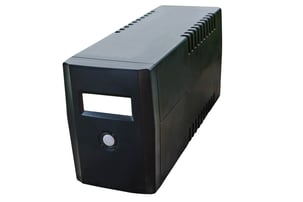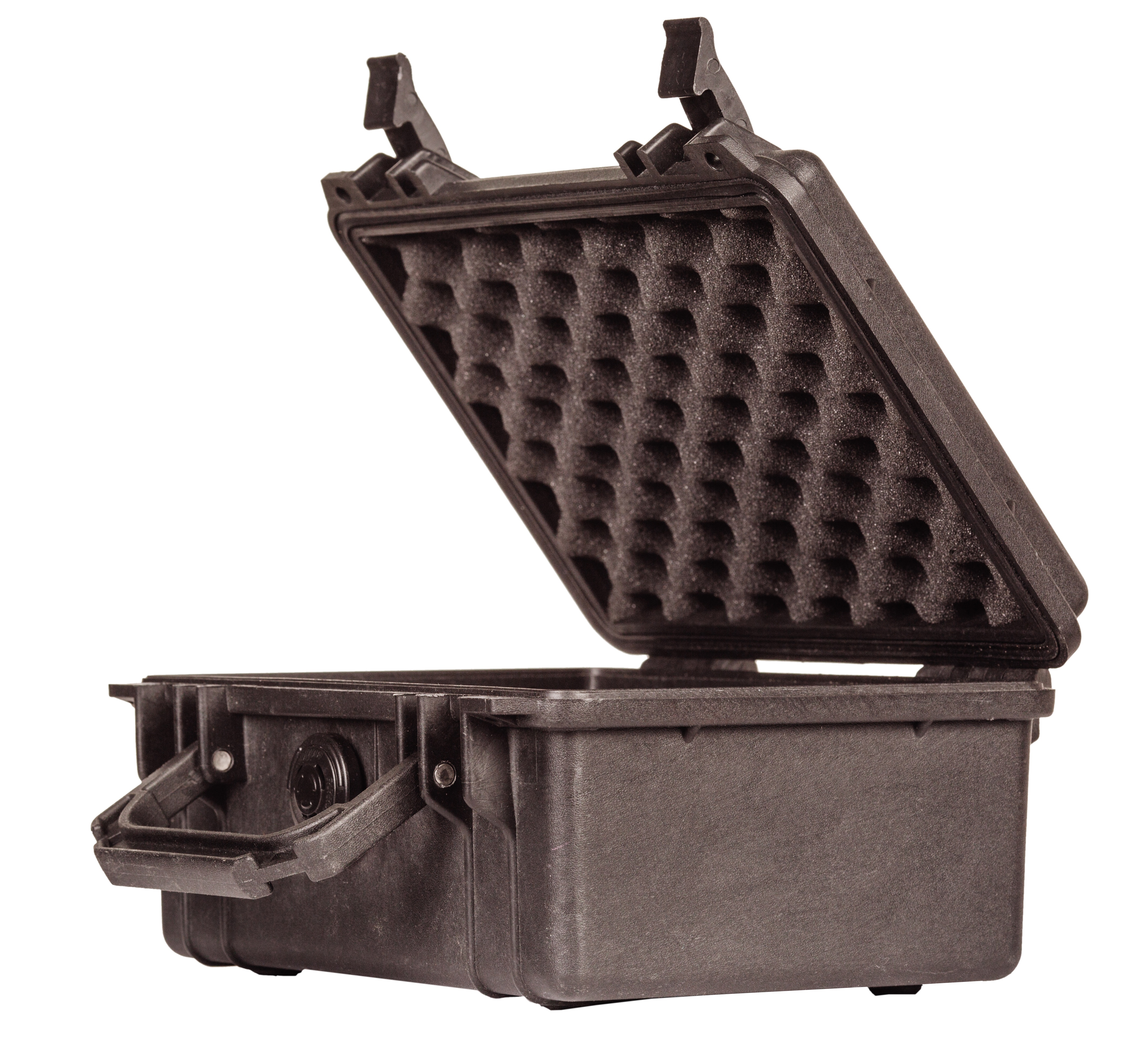In the literal wake of this summer’s string of natural disasters, including hurricanes and floods in Texas, Florida, and Puerto Rico, as well as out-of-control wildfires in California, maintaining safeguards for your remote employees is critical. Even if none of your employees telework, you most likely have policies and protocols in place to protect your corporate data and office environment when potential disaster is impending. When you add remote employees to the mix, similar protocols should be developed and followed to ensure Disaster Recovery/Business Continuity (DR/BC) among your remote locations after the unthinkable happens.
There are many benefits associated with working from home, especially when commuting to the office is no longer an option. Much has been written about essential home office technologies, often listing the minimum equipment requirements remote workers need for a home office. Regardless of how well your home office is set up, what do you do when it is threatened by rising waters, sweeping fires, or extended power outages?
Here are five steps every manager of a remote workforce should take now to maximize disaster recovery/business continuity in the future.
1) Safeguard Your Remote Data

Data is king. And the loss of data costs your company time and money. If you have data that reside exclusively on a remote worker’s laptop, back it up remotely now. We use Box.com for file-sharing and remote backups. If you have files or folders that cannot be shared with others in the company, Box allows for personal folders that only you can access. Also, in an emergency, a password-protected thumb drive tucked into a sealable plastic baggie is a handy alternative.
2) Establish Secondary Internet Connectivity

When your remote worker was originally set up to work from a home office, you most likely required a high-speed Internet connection, typically established through a cable modem. Right now, before a disaster strikes, establish and test a secondary Internet connection. We use our smartphones as hot spots for emergency connectivity. Have your remote staff members practice setting up their smartphone as a hot spot, and have them connect their laptop to the Internet through it. Another option is gaining access at a local McDonalds or Starbucks. But be aware that these connections have no security. Instruct your remote staff on how to connect securely through a VPN to your corporate networks.
3) Establish Redundant Power Sources and Test Them
 Every home office requires power to light the space and drive the equipment. When the power goes out, the home office needs a strategy to stay powered up. Laptops typically provide several hours of battery life. Beyond that, how do you stay ON?
Every home office requires power to light the space and drive the equipment. When the power goes out, the home office needs a strategy to stay powered up. Laptops typically provide several hours of battery life. Beyond that, how do you stay ON?
One easy step is to get several USB power blocks and keep them plugged in and charged all the time, especially if you have notice that disaster may strike. You should also have all your office equipment plugged in to an Uninterruptible Power Supply (UPS). You can get a 1500VA unit for under $150, and this will provide several hours of additional power while providing the added benefit of isolating your equipment from spikes on the power line. Also, set a policy to have your remote workers turn off unnecessary equipment like external monitors and printers once the UPS takes over. That will buy them additional time on their essentials like laptops and smartphones.
4) Collect and Secure Paper Files

Not all files are digital! Your remote workers almost certainly have documents that exist only in print. Right now, have them collect all such documents and keep them in a portable, fire-rated, waterproof chest if possible. Spend time now to identify these documents so you don’t need to do this as the creek is rising. If you must evacuate your house and you cannot take the chest, consider placing it in your dishwasher and closing it tightly. As flood waters rise and drop, the dishwasher seal should protect what’s inside. If fire is approaching, the portability can allow you to quickly take it with you.
5) Prepare a “Home Office Bugout Bag”

If you need to abandon your home office quickly, creating a home office bugout bag in advance will save time and potentially prevent lost data. If you have an old laptop travel bag, you can create a home office bugout bag. What do you need in this bag? While saving space for your laptop, you can preload it with:
- an extra power supply for your laptop,
- a small power strip,
- a fully charged charger block with USB port,
- a smartphone power adapter/charger,
- extra smartphone/USB cables,
- a USB thumb drive,
- an HDMI cable,
- a headset or earbuds,
- some AA and AAA batteries,
- a portable USB multi-port,
- a VISA gift card and cash, and
- protein bars and a water bottle.
You will not need to take your wireless keyboard, mouse, printer/scanner, or external monitor. They are luxuries you can live without for a while. Use the HDMI cable from the bag in case your destination has an available HDMI TV/monitor.
It’s tempting to assume that the catastrophes that have plagued the county will not happen to you. And, yes, company and homeowner insurance policies typically cover the loss of home office equipment. Printers and monitors can be replaced. But disaster recovery can take many days or even weeks. Real business continuity only allows hours at most. Once the initial event has subsided, regardless of your situation in the aftermath, your business needs to be up and running again. You can eliminate much of the worry by doing these few steps today. Be safe and be prepared!




.jpg)

.png)
.png)
/Employee%20Autonomy%20Part%202%20(Blog%20Title).png)
.jpg)


.jpg)
-1.jpg)
.jpg)
.jpg)
.jpg)
.jpg)
.jpg)
.jpg)

